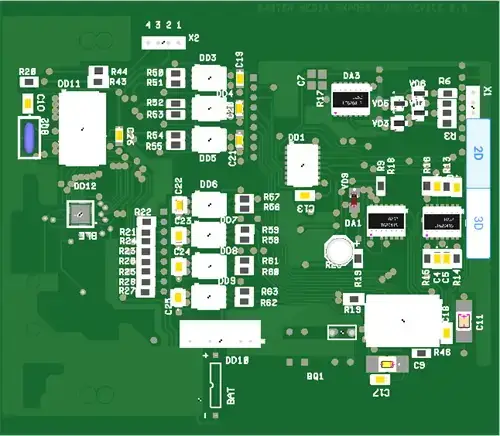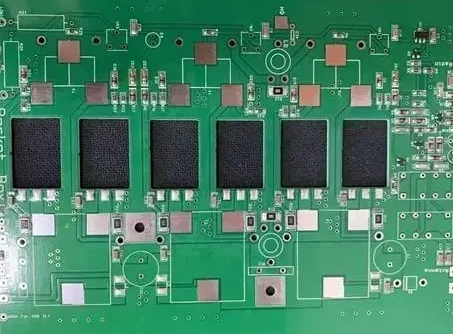What technique is used for reverse engineering?

When unraveling the existing designs, a range of powerful techniques can be employed for reverse engineering. By delving into the world of reverse engineering, we gain valuable insights that drive product improvement and cost optimization.
Various techniques can be used for reverse engineering, depending on the specific goals and the nature of the object being reverse-engineered. Here are some commonly used techniques:
#1: Disassembly
Disassembly involves physically taking apart the object to study its individual components, mechanisms, and internal structure. This technique is commonly used to understand the design and functionality of mechanical devices, such as machinery, appliances, or electronic devices.

#2: Imaging and Scanning
Imaging and scanning techniques capture detailed visual or three-dimensional object representations. It included techniques such as high-resolution photography, 3D scanning, or laser scanning. These methods help obtain accurate measurements, capture surface details, and create digital object models.

#3: Functional Analysis
Functional analysis focuses on understanding how an object operates and identifying the relationships between its components and subsystems. This involves studying the object’s functional inputs, outputs, and interactions to deduce its underlying design principles.

#4: Circuit Tracing and Analysis
In the case of electronic devices or PCBs, circuit tracing and analysis techniques are employed to understand the electrical connections, signal flow, and component interactions. It involves methods such as signal probing, circuit tracing using multimeters or oscilloscopes, and analyzing the behavior of signals and components.

#5: Software Reverse Engineering
Software reverse engineering involves analyzing and understanding software programs’ functionality, structure, and algorithms. It can be done by examining the compiled code, decompiling the executable, or using debugging tools to trace program execution and understand its logic.

#6: Data Reconstruction
Data reconstruction techniques involve recovering or extracting data from various sources, such as databases, file systems, or memory dumps. It also helps understand the data structures, file formats, or communication protocols the object uses.

#7: Comparative Analysis
The comparative analysis compares the object being reverse-engineered with similar existing products, patents, or technical documentation. It helps identify similarities, understand design principles, and gain insights into the underlying technology.

It’s important to note that different objects may require different combinations of these techniques, and the selection of techniques depends on the specific goals and the available resources for reverse engineering.
What are the benefits of PCB reverse engineering?
Reverse engineering offers several benefits in various fields and industries. Here are some key benefits:
1. Understanding of Existing Designs
Reverse engineering enables a deep understanding of existing designs, products, or systems. This knowledge can be valuable for improving or modifying existing designs, identifying flaws, or developing compatible products.

2. Legacy System Analysis
Reverse engineering helps analyze and document legacy systems without proper documentation or with outdated design files. This is particularly useful when maintaining, upgrading, or integrating legacy systems with modern technologies.

3. Product Improvement and Innovation
By reverse engineering competitors’ products or market-leading products, companies can gain insights into design techniques, manufacturing processes, and technologies used. This information can be leveraged to enhance their products, identify innovation areas, and stay competitive.

5. Cost Reduction
Reverse engineering can contribute to cost reduction by finding alternative suppliers or identifying opportunities for component standardization. It can also help identify unnecessary features or over-engineered elements that can be eliminated, leading to cost savings in the design and manufacturing processes.

6. Intellectual Property Protection
Reverse engineering can be employed to identify potential patent infringements or unauthorized use of proprietary designs or technologies. It allows companies to protect their intellectual property rights and take appropriate legal action if necessary.
7. Repair and Maintenance
Reverse engineering aids in repairing and maintaining products for which original design documentation or spare parts are unavailable. By reverse engineering the components or systems, technicians can develop suitable replacements or repair procedures to keep the products operational.
8. Design Verification and Validation
Reverse engineering can be used to verify and validate the design of a product by comparing it against its intended specifications or performance requirements. It helps identify deviations, errors, or areas for improvement before mass production or deployment.
9. Customization and Adaptation
Reverse engineering allows for the customization and adaptation of existing designs to meet specific requirements or address unique challenges. By understanding a product’s design principles and functionality, engineers can tailor the design to suit specific needs or integrate it into a larger system.
Overall, reverse engineering provides valuable insights, knowledge, and opportunities for improvement, innovation, and intellectual property protection. It empowers companies and individuals to leverage existing designs, products, and systems for various purposes, enhancing competitiveness, cost-effectiveness, and technical advancement.
Conclusion
Reverse engineering is pivotal in various industries, offering practical and professional advantages. It enables us to understand and improve existing designs, optimize cost-efficiency, and enhance product performance. Reverse engineering is a tool for innovation, allowing us to uncover hidden knowledge and leverage it for competitive advantage.



